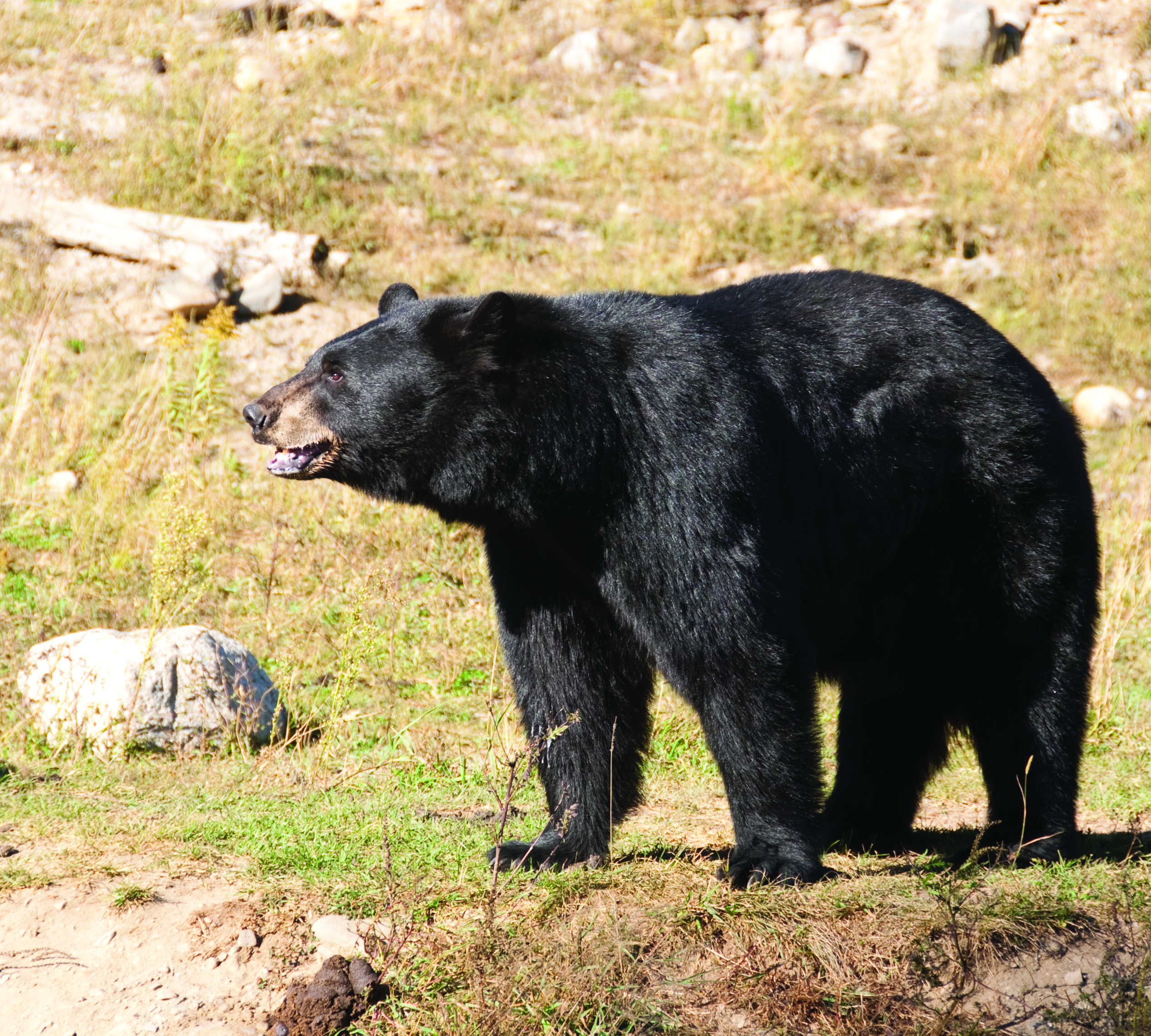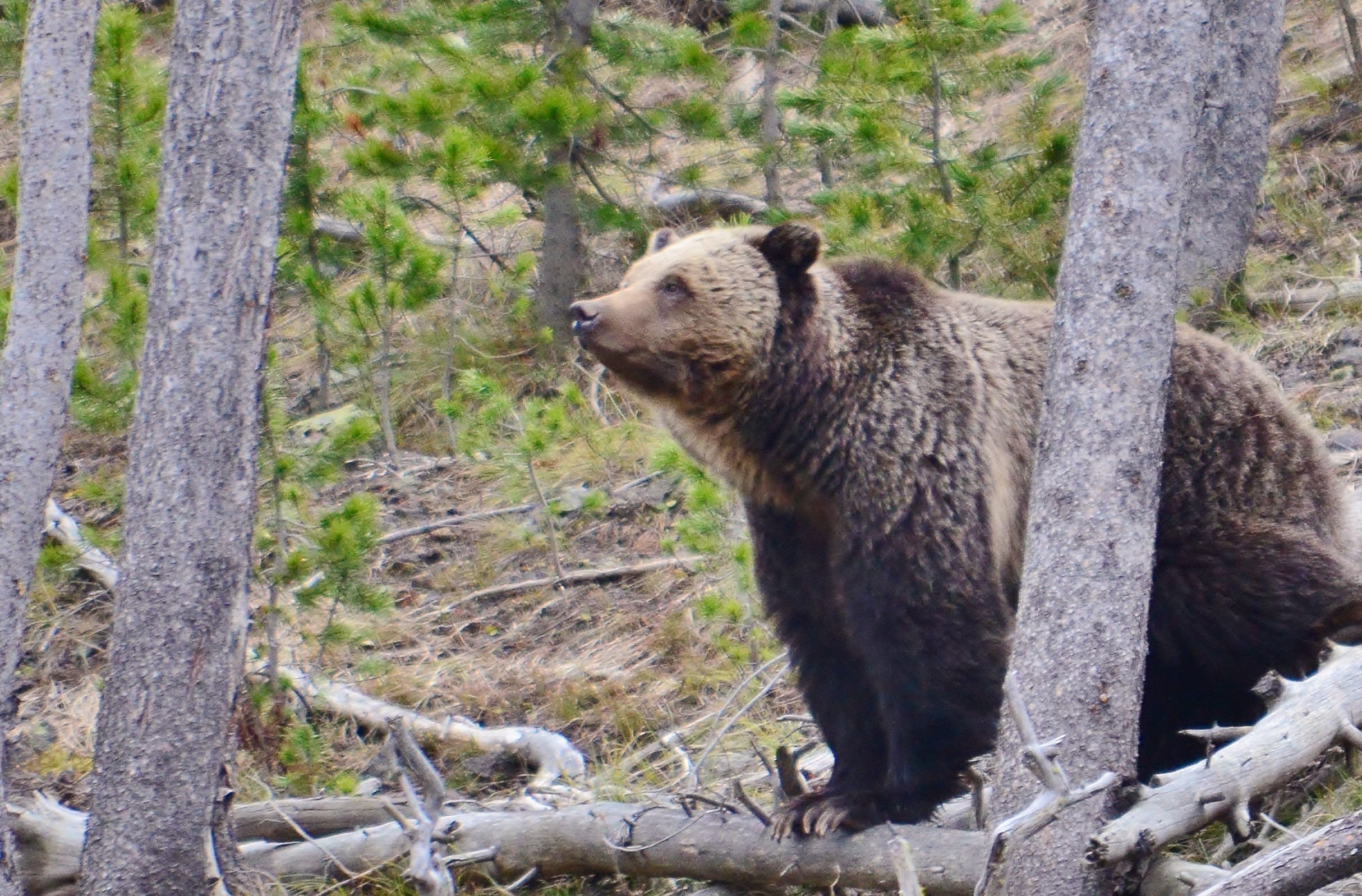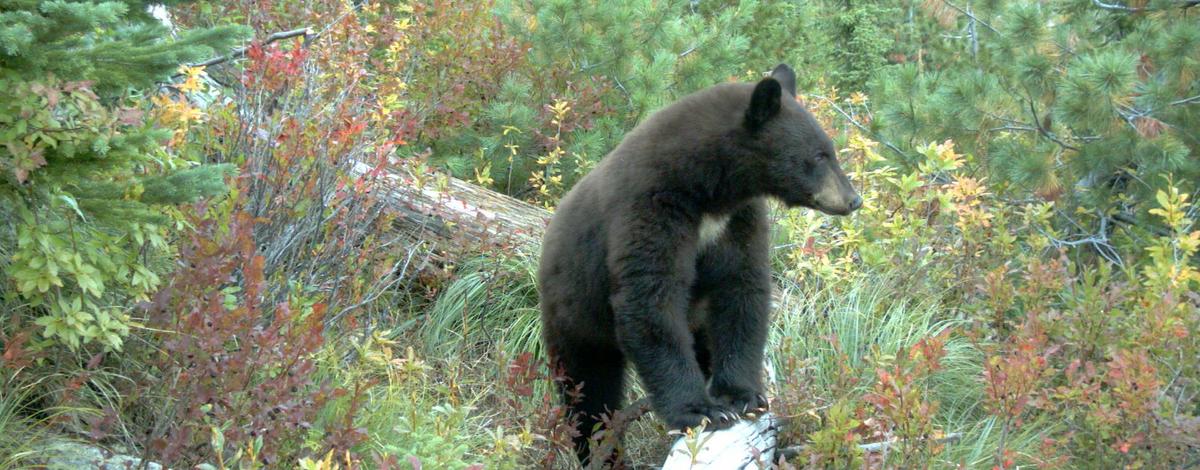Fall is fast approaching, and it's a time when people are not the only ones trying to fill their bellies with delicious berries. Bears are also trying to fatten up for winter hibernation.
Homeowners, campers and hunters can help keep bears wild and avoid costly property damage by taking some simple precautions
- Keep pet food secured as you do your own. Bears like pet food as much as your pet does.
- Avoid filling bird feeders until wintertime.
- Keep garbage in a secure location, and place it at the curb only on the morning of pick up.
- When selecting a campsite, look for recent signs of bear activity. If you see them, look for a different campsite.
- Keep your camp clean; cook and prepare food far away from your sleeping area.
- Never keep food in your tent.
- Hang food away from your sleeping area in a bag at least 10 feet off the ground and at least four feet from the nearest trunk. Or use commercially available bear-resistant containers, and locate them away from your sleeping area.
- Never keep personal hygiene products, such as toothpaste or deodorant, in your tent; secure these items with your food.
- Do not bury or throw garbage into the nearby woods.
- Hang harvested animals at least 10 feet off the ground and at least four feet from the nearest tree trunk. A meat pole placed between two trees is a good option.
- Make sure to clean your grills and keep them in a building if possible.
Bear tips while out in the woods
- Carry bear spray
- Make a lot of noise when returning to a carcass
- Know your surroundings
- Don't travel alone
Know your bears
Black bears and grizzly bears both frequent the woods of northern Idaho.
Black bears are common throughout all big game units in the Panhandle.

Grizzly bears are most commonly found in the Cabinet and Selkirk mountain ranges in big game unit 1 but have also been infrequently found in units 2, 3, 4, 4A, 6, 7, and 9.

Size and color of the bear are not reliable indicators of species. It’s best to look at multiple features in order to make the right call. Grizzlies typically have short, rounded ears, a dished face profile and a shoulder hump. There are other tell-tale signs. Take a look at the graphic below for more information.

Additional information on grizzly bears, including bear identification training is available on the Fish and Game website.
Contact the Panhandle Regional Office with questions at (208) 769-1414.

